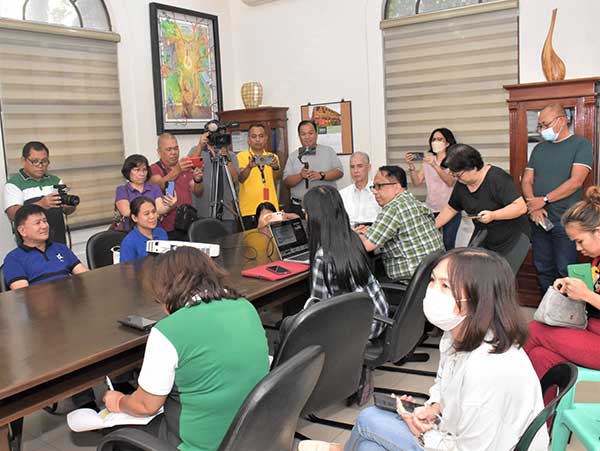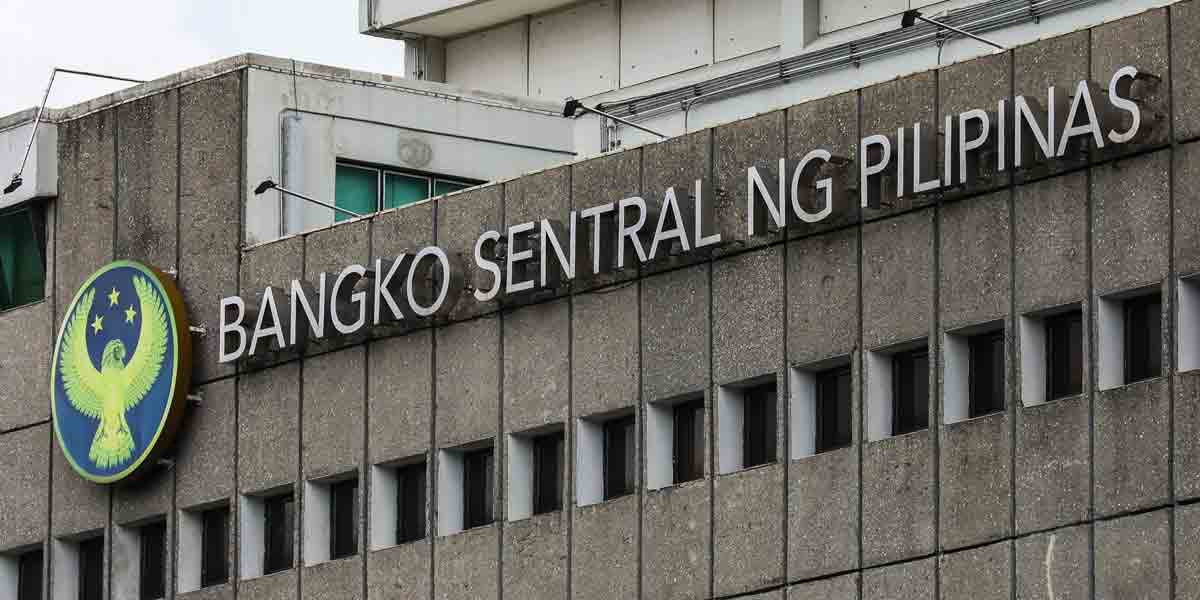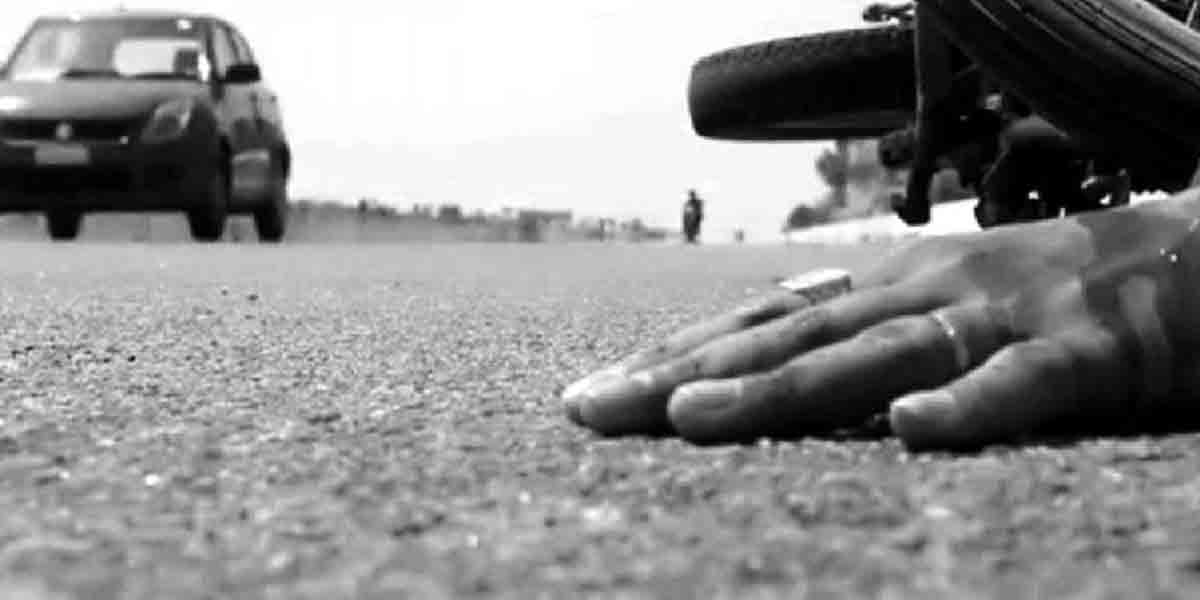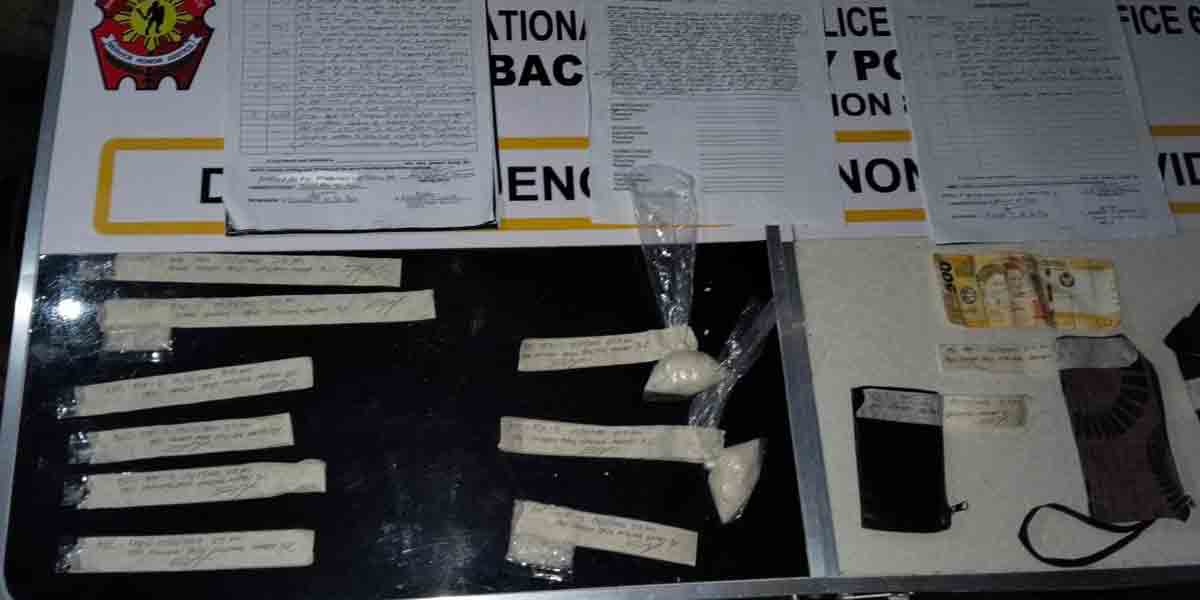
By Dolly Yasa and Rjay Zuriaga Castor
BACOLOD CITY – Prepare for the worst.
This was the warning issued by experts from the Philippine Institute of Volcanology and Seismology (PHIVOLCS) during a briefing on the current situation of Kanlaon volcano with Governor Eugenio Jose Lacson at the provincial capitol Monday afternoon.
DOST-PHIVOLCS Director Teresito Bacolcol and Chief Science Research Specialist Ma. Antonia Bornas, along with other personnel, updated the governor on the condition of Kanlaon volcano in the presence of the media.
“There is a high chance of a follow-up eruption because Kanlaon has shown significant activity in the past. It has had phreatic eruptions one after another, sometimes in a series. We hope for the best but prepare for the worst,” Bornas said.
Bornas also mentioned that a decrease in Kanlaon’s activities, such as volcanic quakes or sulfur dioxide emissions, is not an indication that it won’t erupt.
She compared it to the Taal volcano, which was quiet before it erupted.
“It’s like a lull before a storm,” Lacson quipped.
“At least we can prepare for Alert Level 3, especially since we have time; it’s a slow-brewing eruption if it happens,” Bornas added.
She explained that the current outlook for Kanlaon is:
- If monitoring parameters are sustained, phreatic and short-lived explosive eruptions may occur, producing small-magnitude hazards within the four-kilometer permanent danger zones (PDZ). This unrest is likely caused by hydrothermal processes driven by magmatic degassing deep within the volcanic edifice. Alert Level 2 will be maintained until significant changes occur.
- If seismic ground deformation and volcanic gas parameters worsen, a magmatic eruption may become likely. Current unrest is driven by stresses within the volcanic edifice produced by rising magma. Eruptive activity could generate volcanic hazards within the lava flow and pyroclastic density current (PDC) hazard zones delineated by DOST-Phivolcs. Alert Level 3 will be raised.
- If monitoring parameters decline, unrest is driven by very shallow hydrothermal processes. Alert Level will step down to Alert Level 1 after sufficient observation.
However, she pointed out that scenario 3 is unlikely given the current situation of Kanlaon volcano.
“We really need to prepare. We should not prepare for a down alert; we should prepare for an up alert. We just have to be ready in case the situation worsens,” she stressed.
Bornas noted that it is difficult to determine precisely when Kanlaon volcano will erupt. “We are only one week into observing the eruption. We need to further establish the trend.”
Governor Lacson emphasized the importance of supporting those in evacuation areas.
“Our experts cannot confirm it is safe to return home. We will continue to provide for our evacuees and should not rush or encourage them to go home yet.”
Meanwhile, La Castellana Mayor Rhummyla Nicor Mangilimutan said that the local government has started evacuating families within the four-kilometer PDZ. She reported that there are 200 families or 800 individuals in the area.
The number of evacuees in different evacuation centers has risen to more than 4,000, she added.
DAMAGE
Meanwhile, agricultural damage caused by the eruption of Mt. Kanlaon in La Castellana, Negros Occidental has ballooned to P11.3 million, according to the latest report from the Regional Disaster Risk Reduction and Management Council (RDRRMC).
The local government of La Castellana, which declared a state of calamity on June 4, reported significant losses in its corn, rice, and high-value crops.
Production losses or damage costs are pegged at P9.84 million for high-value crops, P1.36 million for rice, and P122,250 for corn.
As of June 8, the Department of Social Welfare and Development has disbursed P3.7 million worth of assistance to 1,632 families from Bago, La Carlota, La Castellana, and Pontevedra.
The RDRRMC also reported that Negros Occidental needs 1,000 boxes of N95 face masks, 2,000 multi-purpose jerry cans, food packs, hygiene kits, sleeping kits, kitchen kits, medicines, generator sets, water filtration units, disaster relief tents, and modular tents.
Additionally, the RDRRMC noted the need for rain boots and full-cover personal protective equipment, although these items were not specified in the Rapid Damage Assessment and Needs Analysis report.
The Office of Civil Defense Western Visayas (OCD-6) recently deployed a water filtration truck with a seven-man rapid deployment team to ensure a stable supply of potable water to affected communities, particularly evacuees from La Carlota and La Castellana.
OCD-6 has also initially released 4,000 N95 face masks to protect residents from the effects of ashfall and sulfur dioxide emissions from the volcano.
Meanwhile, Judy Mae Sajo, information officer for the Department of Trade and Industry Western Visayas (DTI-6), told Daily Guardian that there is still enough supply of drinking water in La Castellana.
“In stores, bulk orders can be placed if needed. They are prioritizing retail buyers,” she added.
Following the state of calamity declaration, DTI-6 has imposed a 60-day automatic price control on basic necessities, including canned fish, processed milk, coffee, detergent, laundry soap, bread, instant noodles, salt, bottled water, and candles.
“The DTI enjoins consumers to report retailers that sell basic necessities above the specified prices,” DTI-6 said in a statement. The price freeze is expected to end on August 3.






















